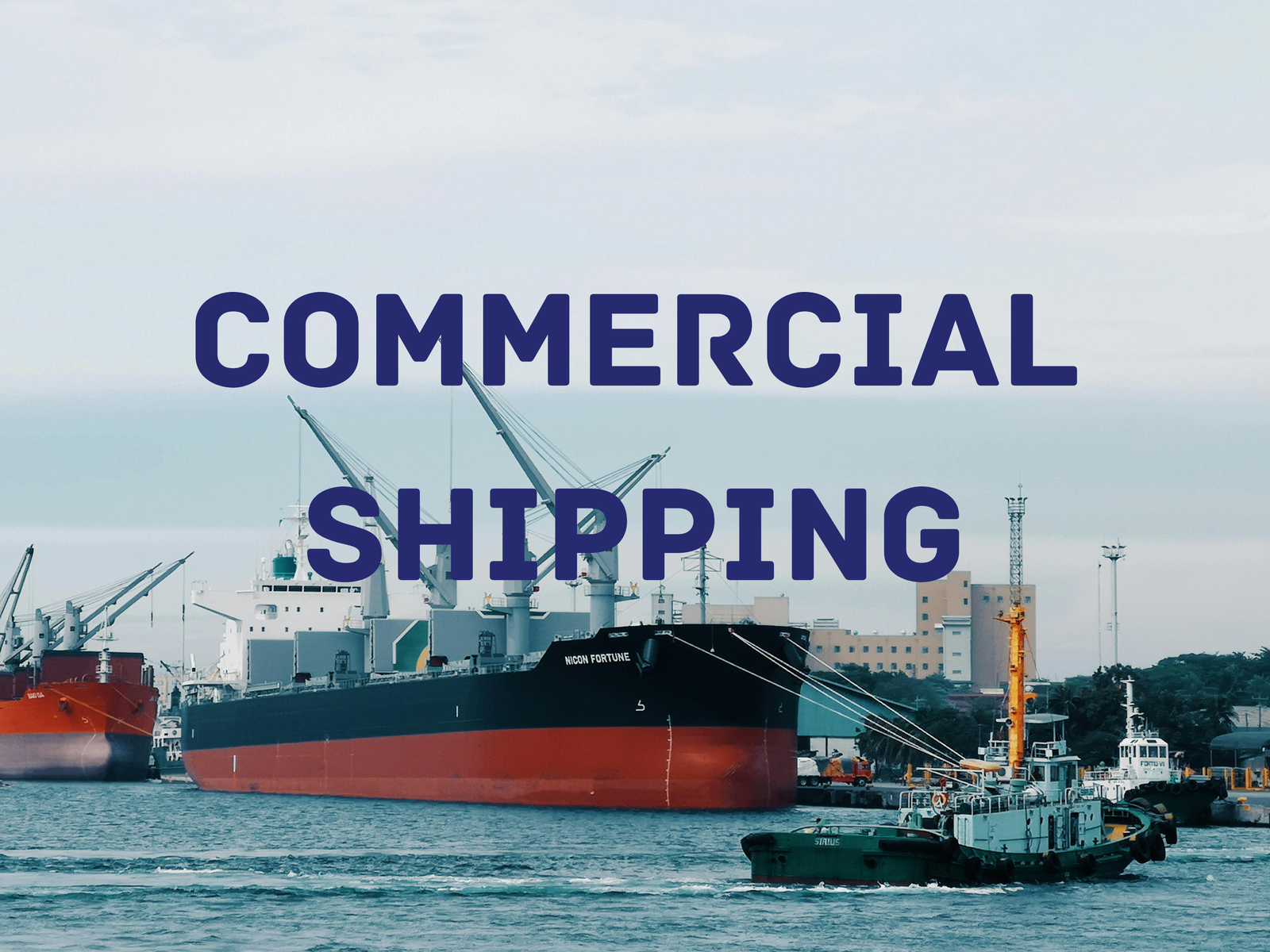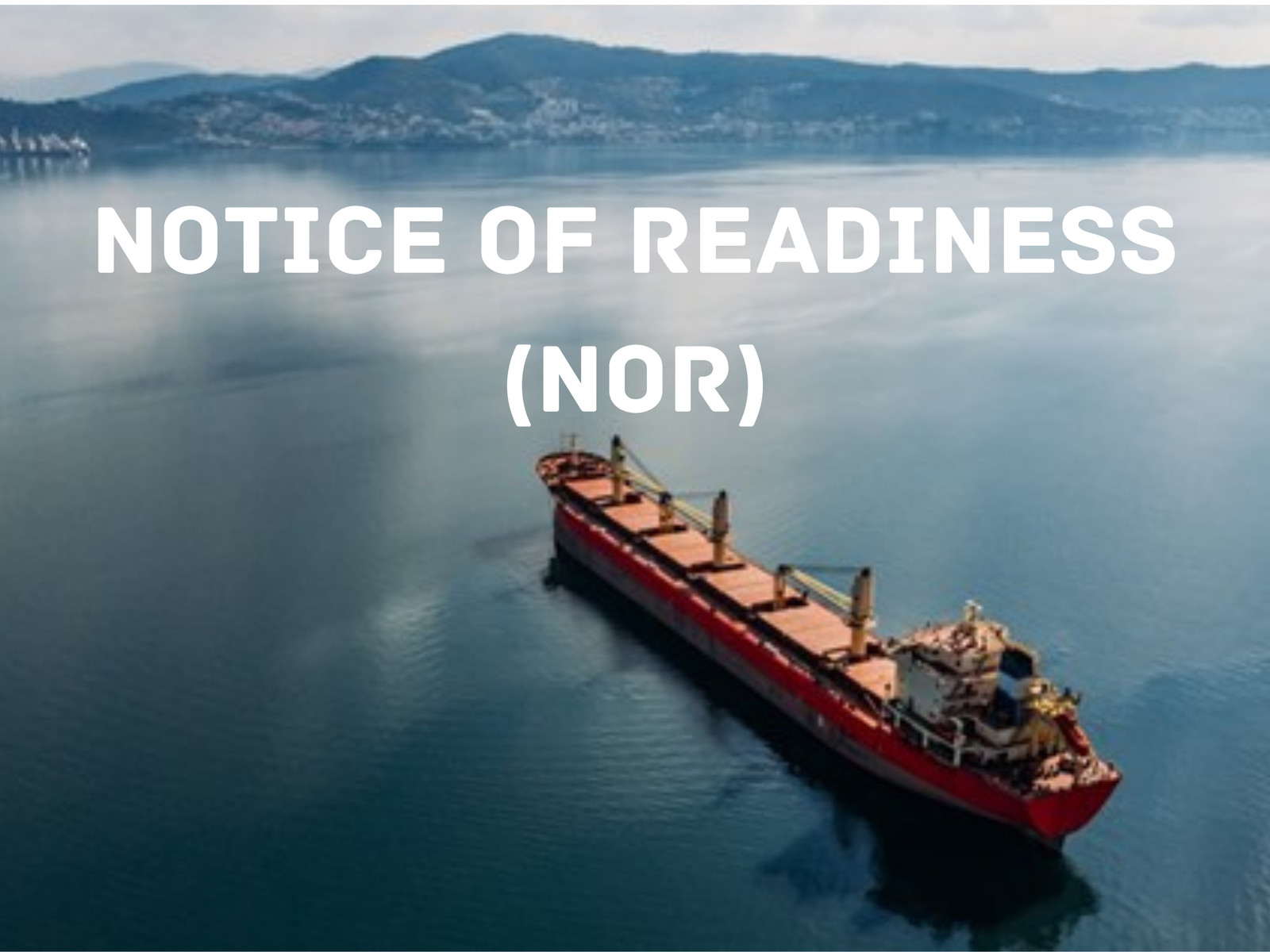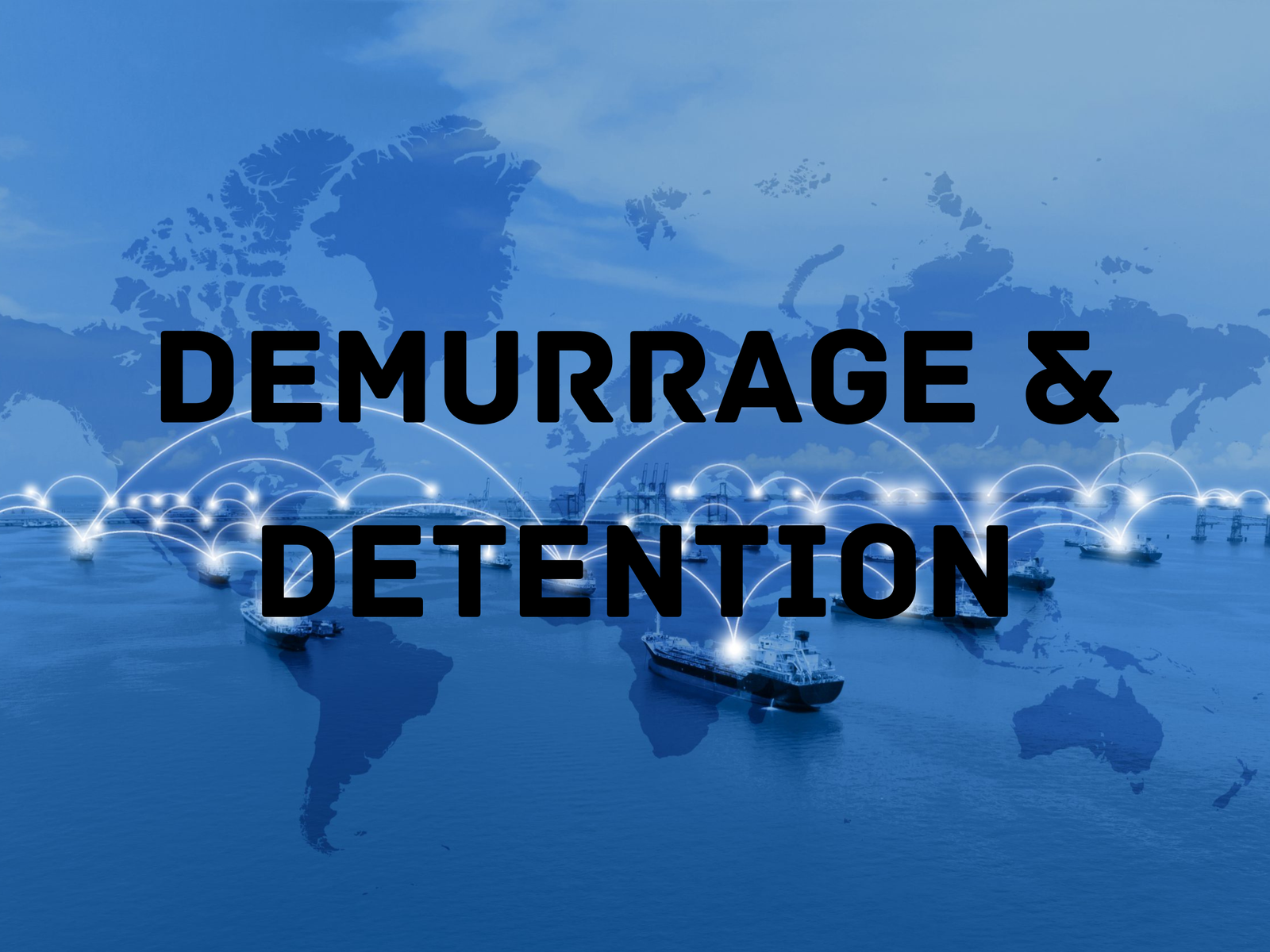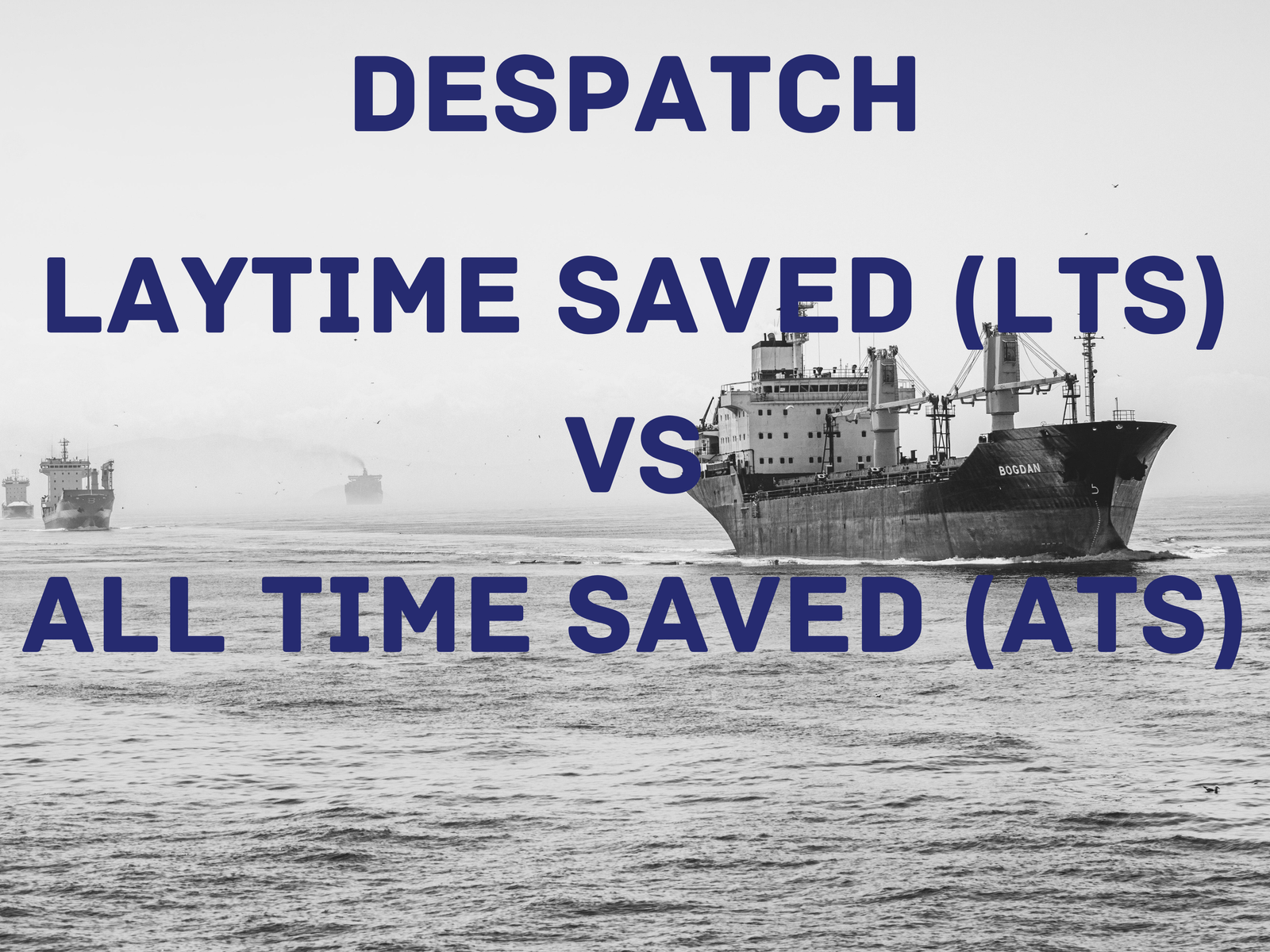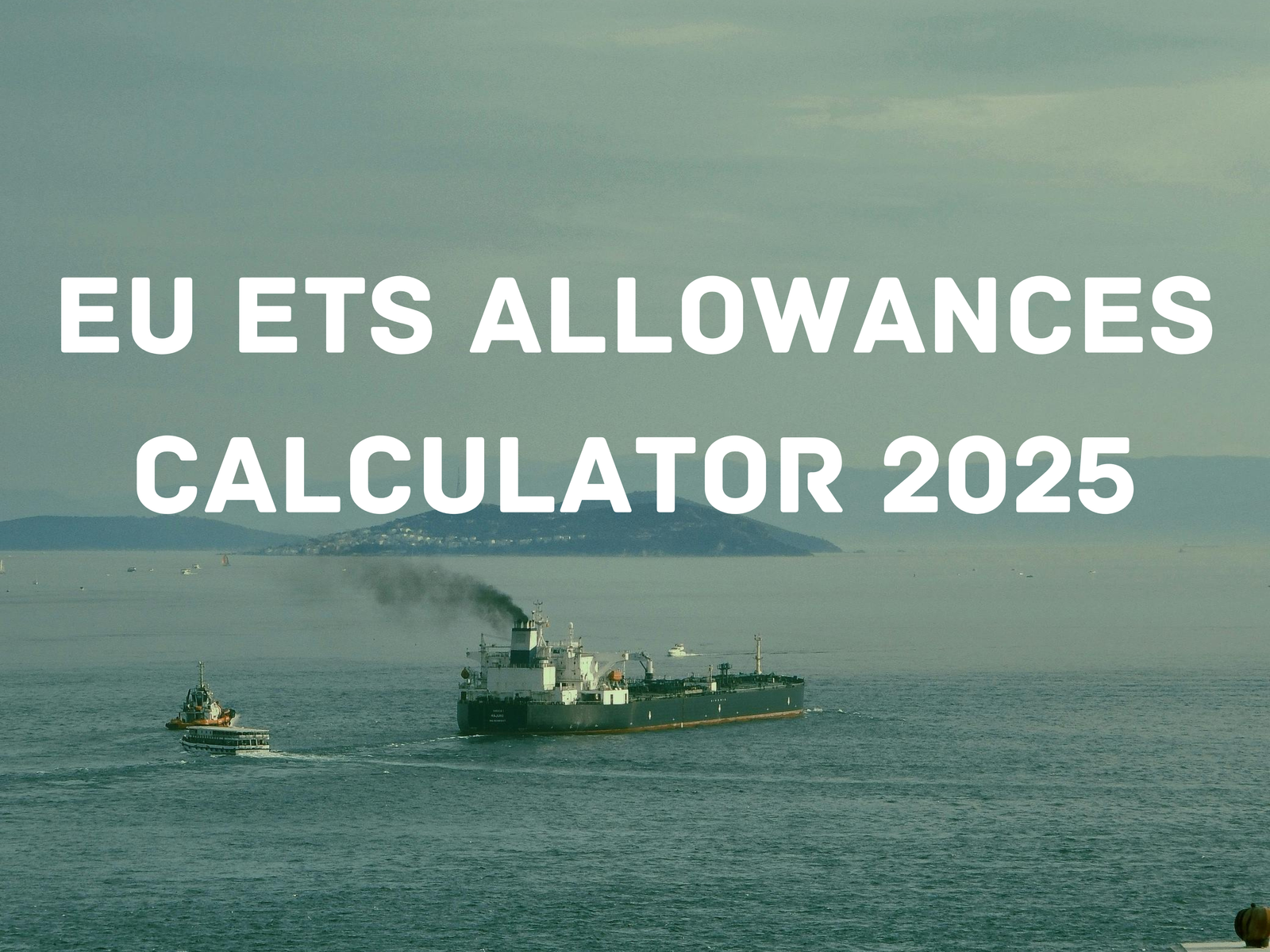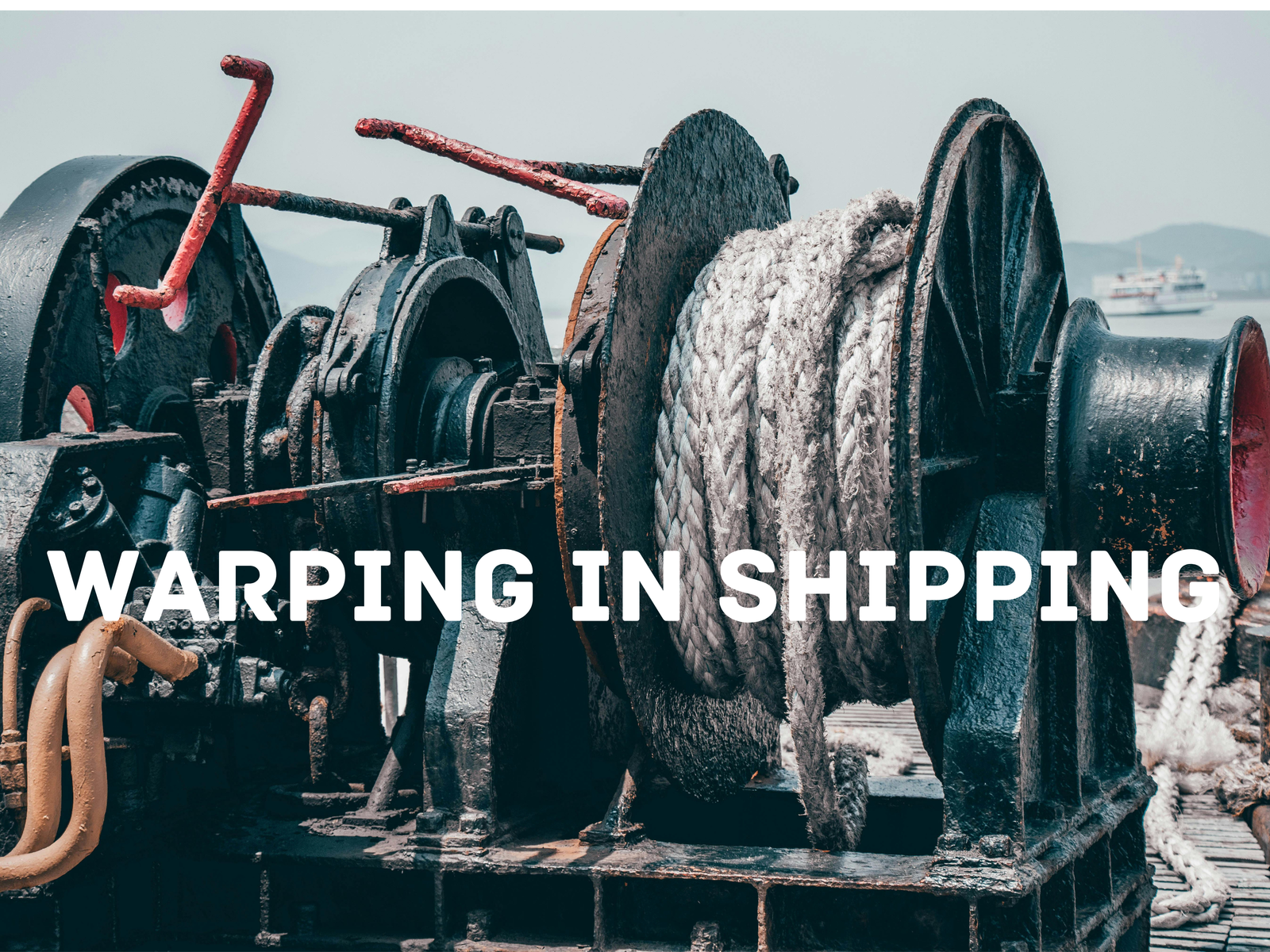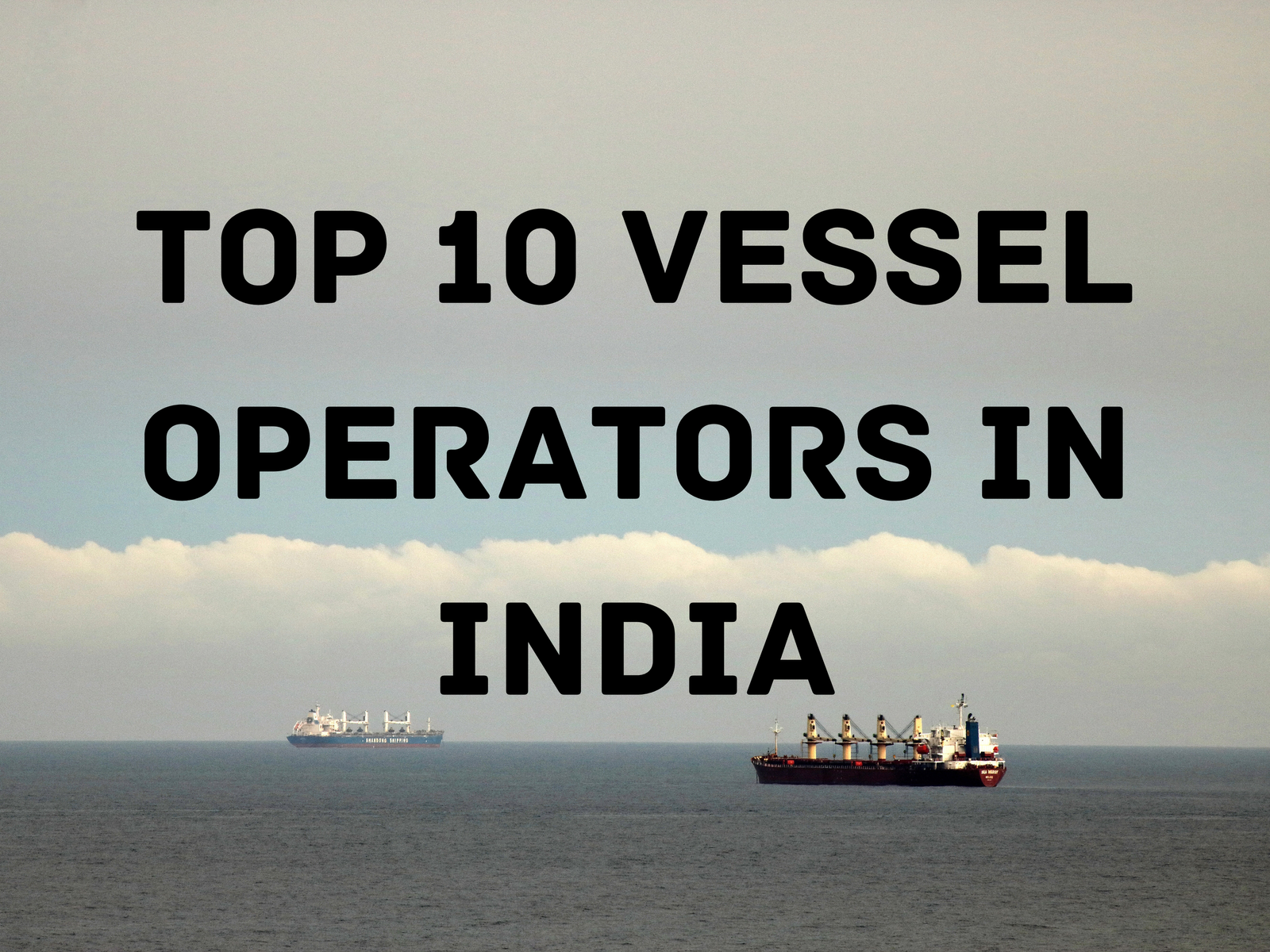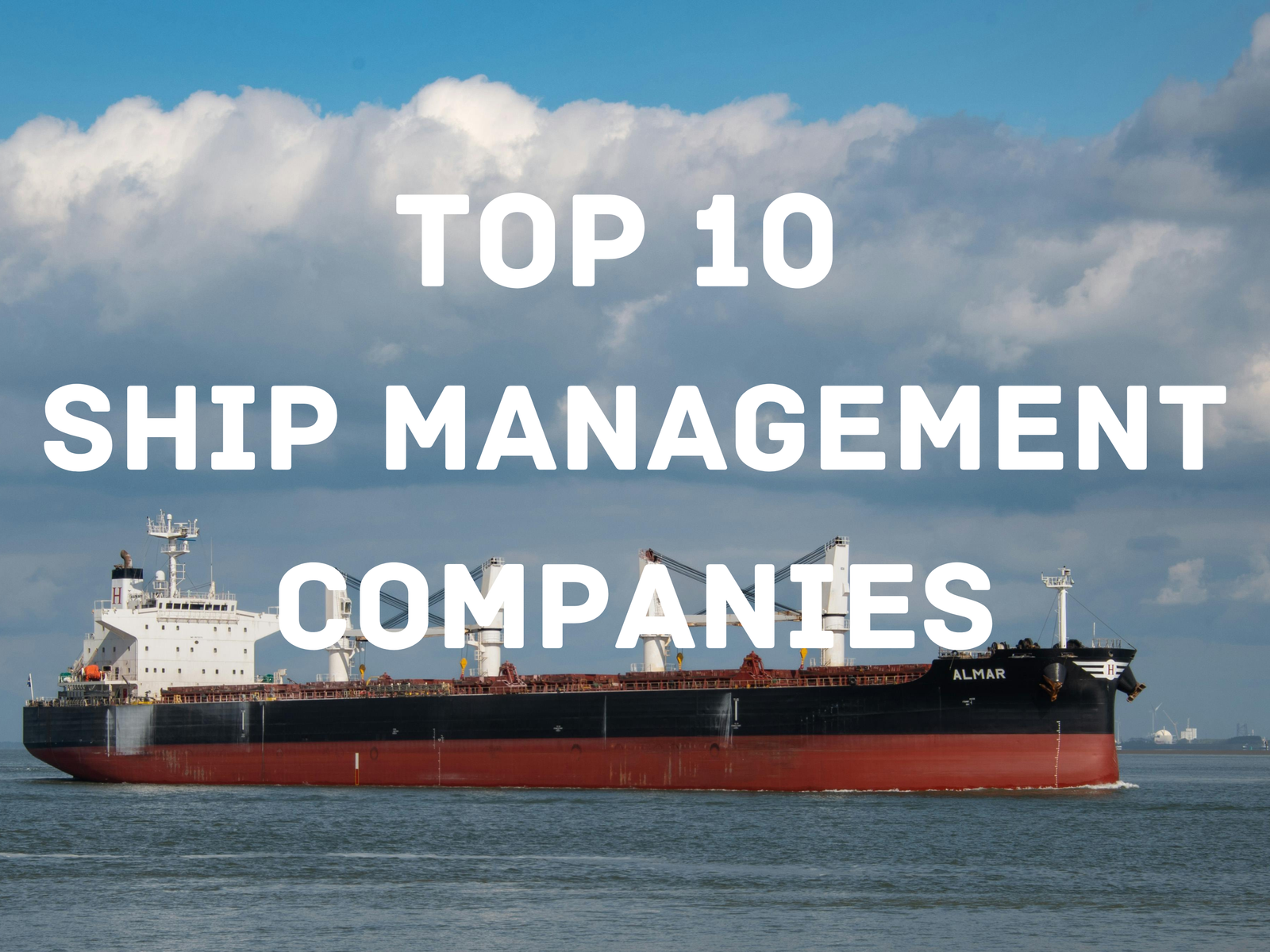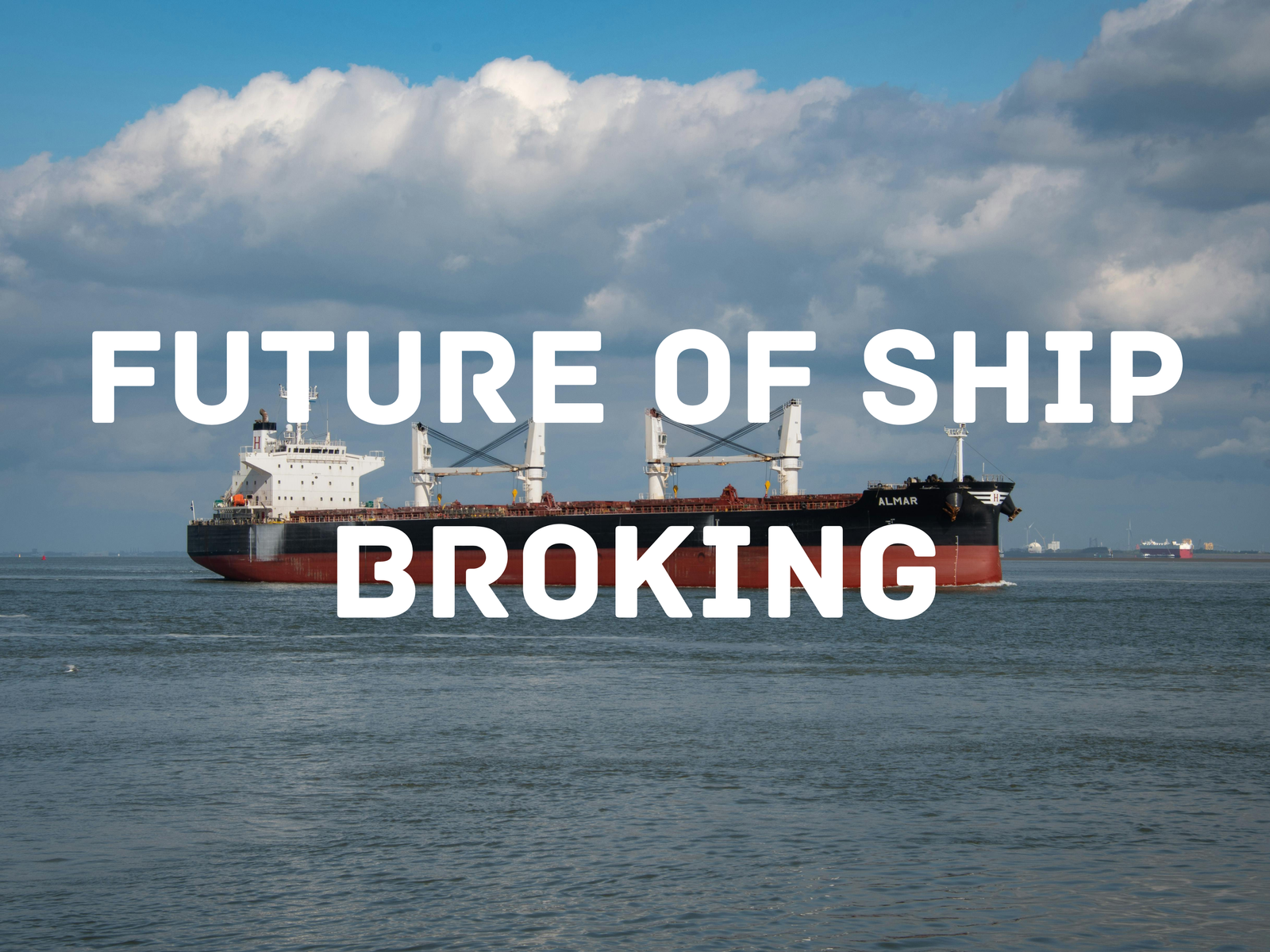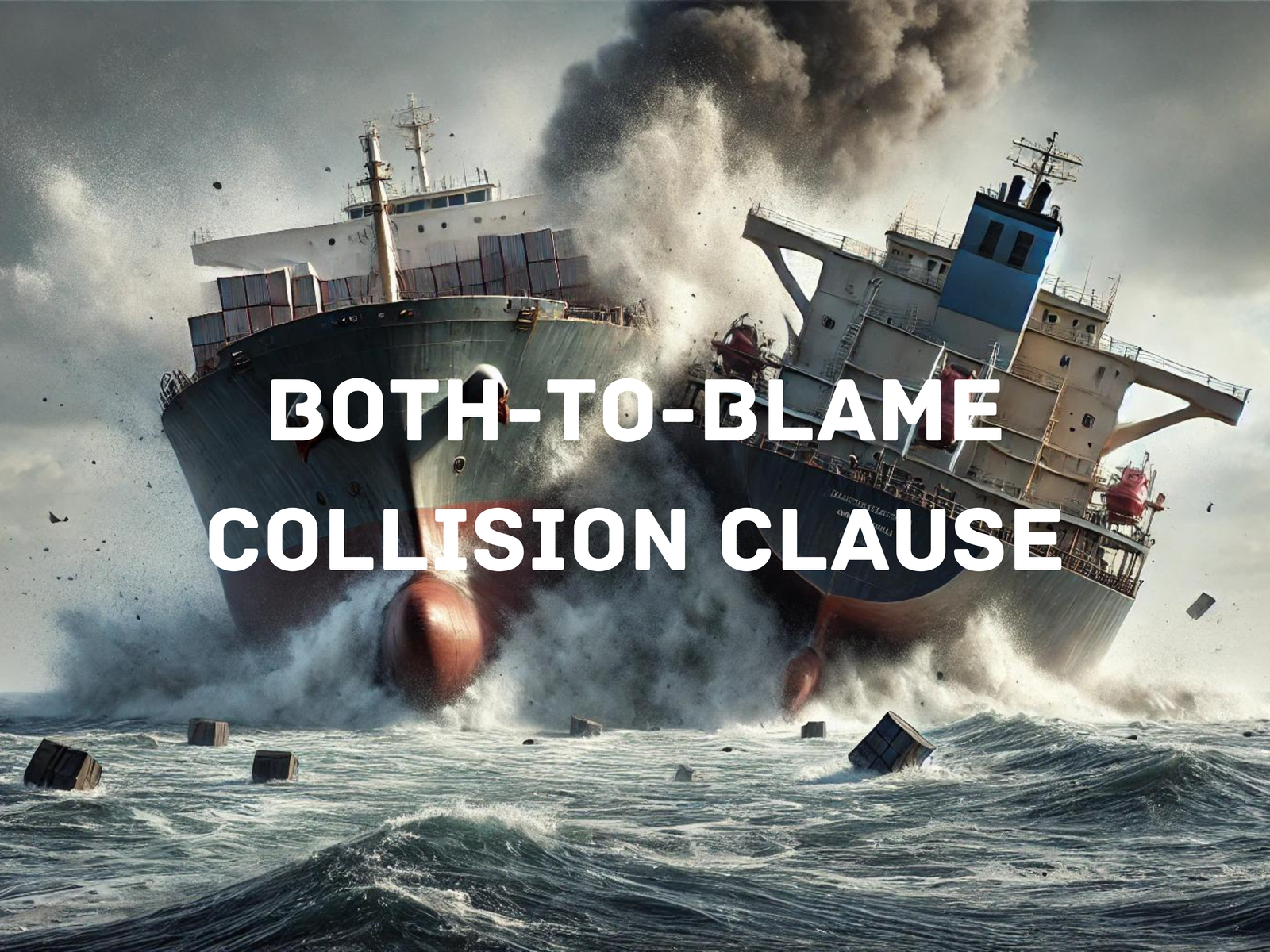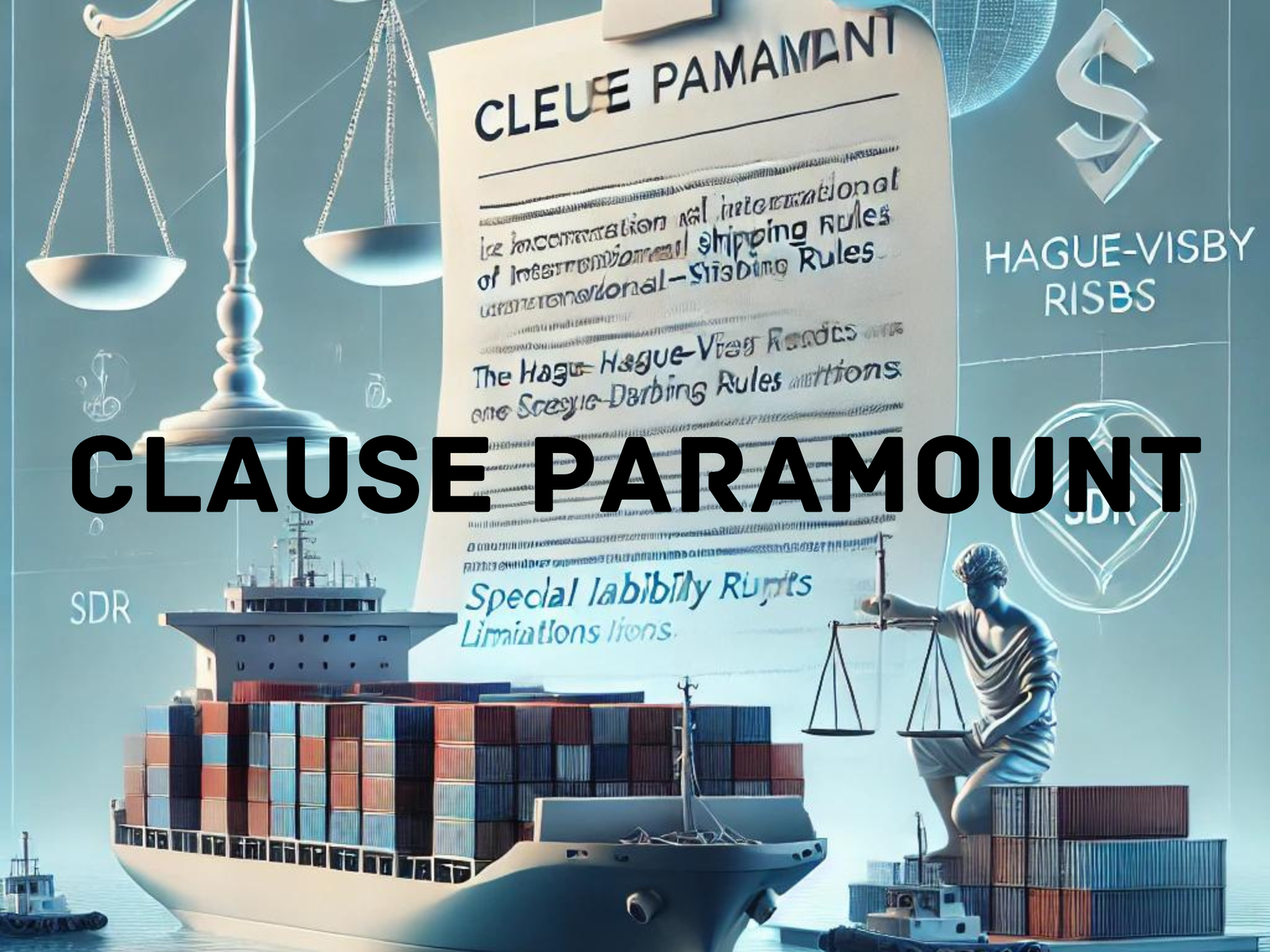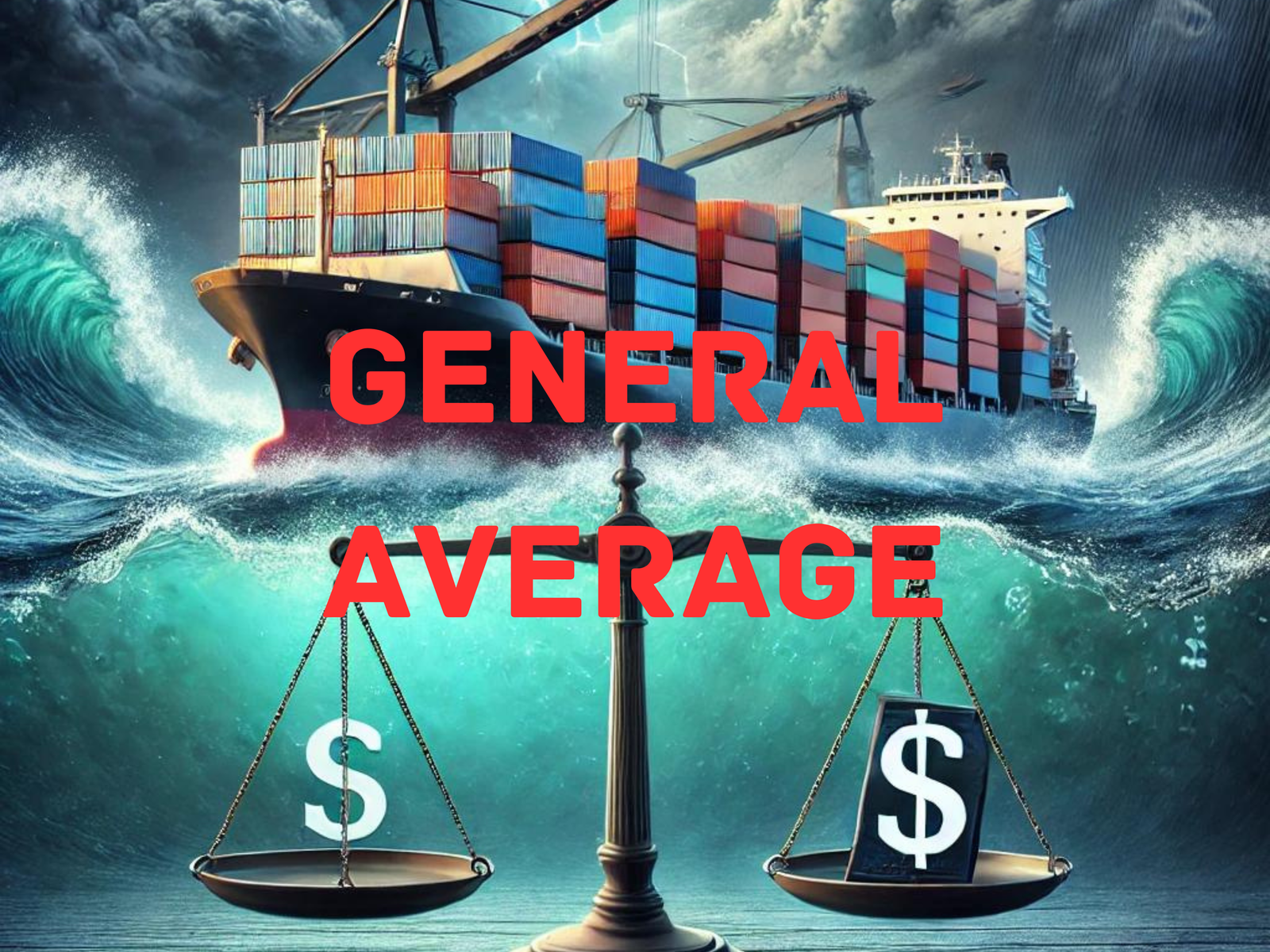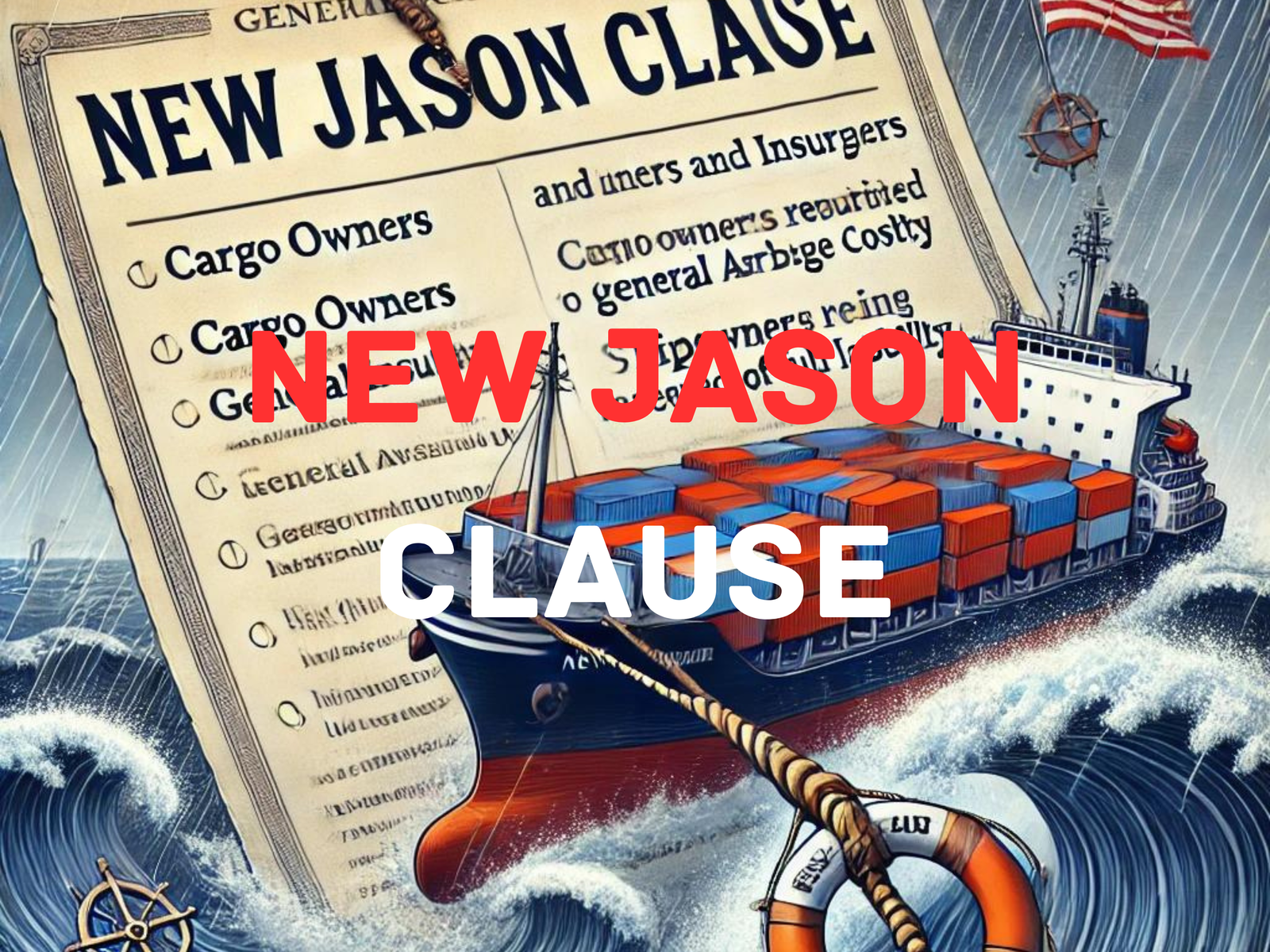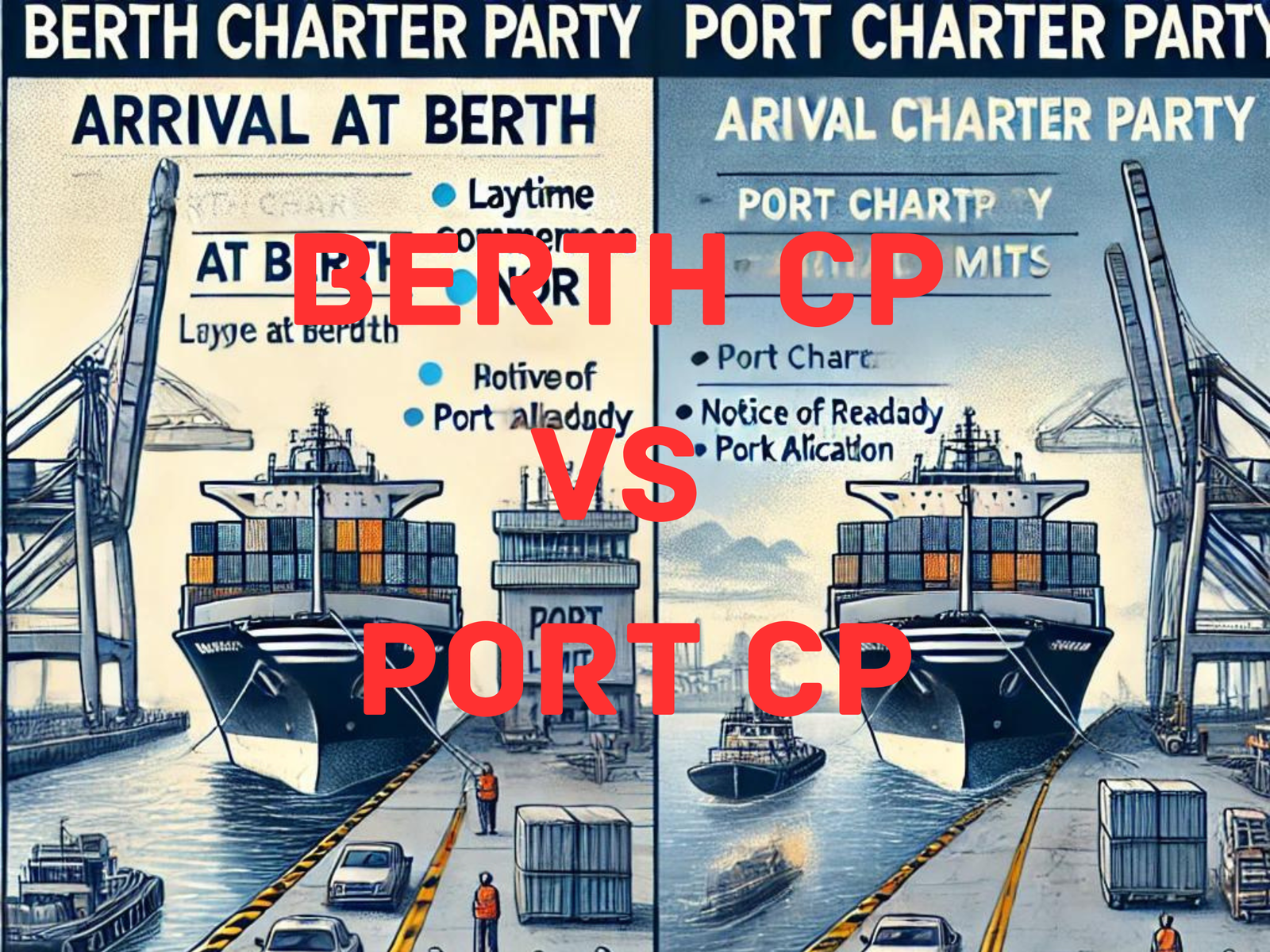Singapore is known as the world’s top bunkering hub. With its strong regulatory framework and early adoption of Mass Flow Meters (MFMs), it set the gold standard for bunker fuel supply. But lately, many shipowners and operators are facing an unexpected challenge: bunker fuel shortages—and worse, there’s little they can do about it.
Despite paying for full quantities, some vessels are receiving less fuel than expected. And thanks to the way MFMs dominate bunker delivery verification, raising a successful bunker shortage claim has become nearly impossible.
Let’s unpack what’s happening and why this issue is causing growing frustration in the maritime community.

Bunker Shortage in Singapore: A Growing Problem
Over the past year, reports of short bunker deliveries have become more frequent in Singapore. These shortages aren’t just minor differences—they can disrupt voyage schedules, raise costs, and strain relationships between charterers and suppliers.
What’s behind the issue?
- Tight fuel supply due to refinery output cuts in the region
- Rising demand as global trade rebounds post-pandemic
- Congestion and operational delays in the port
- Lack of transparency in delivery systems
The key problem? Even when a vessel suspects a bunker shortage / short delivery, it’s nearly impossible to prove it—and that’s largely because of how MFMs are being used.
Mass Flow Meters (MFMs): A Double-Edged Sword
When Singapore made MFMs mandatory in 2017 for marine fuel oil deliveries, the goal was to eliminate bunkering fraud and boost efficiency. On paper, it worked. MFM technology provides real-time, tamper-evident fuel flow readings and minimized disputes—at least initially.
However, in practice, many bunker buyers are now discovering the limitations of the system.
- MFMs are not always accurate: Over time, flow meters may drift, and regular calibration isn’t always done or monitored closely.
- Buyers can’t access calibration records or raw data: The readings are typically controlled by the supplier.
- Once the BDN is signed, that’s the end of the road: Under current regulations, the MFM reading is final, even if ship-side tank measurements say otherwise.
This puts bunker buyers in a tight spot. You know you’ve received less fuel—but you can’t prove it, and you can’t claim it.

Types of Bunkering Disputes You May Face
Here’s a quick look at the most common bunker fuel disputes in Singapore—and your chances of successfully raising a claim under the current system:
| Dispute Type | What It Means | Impact | Chances of Claiming (Singapore) |
|---|---|---|---|
| Quantity Shortage | Delivered fuel is less than invoiced | Financial loss, voyage disruption | ❌ Very low – MFM is final |
| Fuel Density Discrepancy | Actual density differs from spec | Performance issues, cost variation | ❌ Low – Hard to prove |
| Water Contamination | Excessive water in fuel | Engine risk, system damage | ⚠️ Medium – Lab test needed |
| Poor Fuel Quality | Fuel doesn’t meet ISO specs (e.g. sulfur, flash point) | Engine wear, emissions issues | ✅ Possible – If lab tested |
| Faulty MFM Calibration | MFM wasn’t properly maintained or checked | False delivery readings | ❌ Very low – No access to data |
| Suspected Tampering | Deliberate manipulation of delivery process or system | Fraudulent delivery | ❌ Nearly impossible to prove |
Why You Can’t Raise a bunker shortage Claim – Even When You’re Right
Here’s the frustrating part: even when a ship’s fuel tank readings clearly show a shortfall, the MFM reading overrides everything else. And since buyers don’t have access to the meter’s internal data or its calibration history, there’s no way to challenge it—unless you can provide indisputable proof of error or fraud.
And the Maritime and Port Authority (MPA) of Singapore? They back the MFM data as the official record. So, without legal or technical backing, most buyers are left without recourse.
Can Anything Be Done?
Realistically, not much. But some buyers are trying to protect themselves by:
- Hiring independent bunker surveyors: They can check MFM settings and look for inconsistencies before delivery begins.
- Adding stronger clauses in bunker contracts: Provisions for post-delivery review or third-party audits.
- Pushing for regulatory updates: The MPA could consider dual verification (e.g., tank soundings + MFM) or stricter calibration oversight.
Still, unless the rules change, claims based on short delivery will continue to be rejected outright.
Final Thoughts: Is Trust in the System Breaking Down?
Singapore’s bunkering system has long been a model for the world. But the current situation is putting that reputation to the test. Bunker buyers are losing confidence—not just due to bunker shortage, but because they feel powerless to defend themselves.
Mass Flow Meters are a great tool—when they’re accurate and transparent. But when they aren’t, and when buyers can’t challenge them, the system starts to look unfair.
If the MPA wants to maintain trust in Singapore’s bunkering industry, it may need to revisit how bunker shortage disputes are handled, especially around MFM calibration, access to data, and buyer protections.
Until then, bunker buyers must tread carefully—and perhaps prepare for more fuel… and more frustration.

